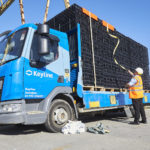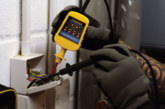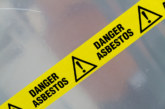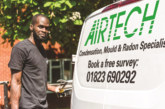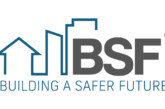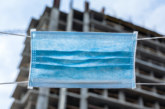Nigel Worth, Regional Operations Manager at Keyline Civils Specialist, explains how an inclusive and behavioural approach to health and safety can ensure that everyone working on a project goes home safely at the end of the day.
For anyone working in the construction sector, a robust approach to health and safety should of course, be the number one priority. However, with so many people and organisations working on a construction project, it is important that everyone contributes to maintaining the highest safety standards. Poor practice by one person or organisation can impact the safety of any project — whether that is new social housing or infrastructure improvements.
All parties have their part to play in delivering health and safety excellence and when selecting a merchant partner, it is important to look for a business that has made commitments to best practice in health and safety. This encompasses everything from ensuring that colleagues and customers are protected from potential risks when in branch to making the delivery of materials to site as safe as possible.
The nature of civils products in particular, with many being large or heavy items, makes safety best practice even more crucial as injuries and accidents can be even more serious. What’s more, the latest guidelines on safe working during the COVID-19 pandemic have added a further layer of complexity and consideration for those continuing to operate during these unprecedented times.
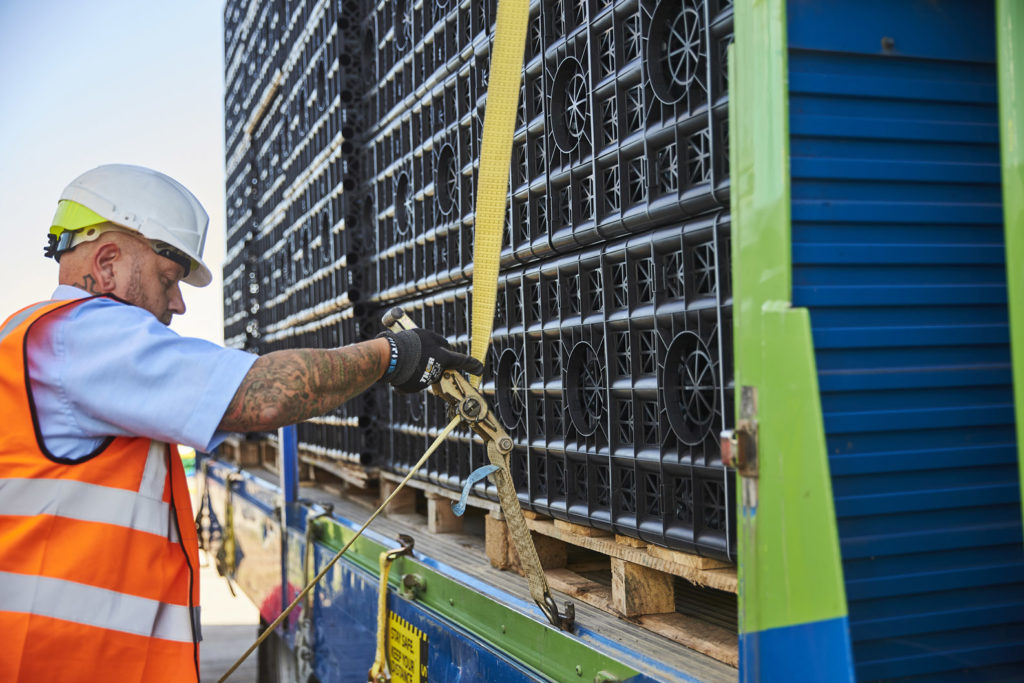
On site safety
To ensure the safety of those on site it is important to look carefully at how materials are delivered. The movement of vehicles and unloading of materials can present hazards if not carried out correctly, especially where space is limited. These potential risks include workers being struck by moving or falling objects, falls from vehicles and injuries caused by handling, lifting or carrying materials.
Where possible the unloading processes should remove the need for anyone to climb onto the vehicle bed. This eliminates the risk of falls from the vehicle and minimises the chances of accidents with the movement of the loads. Mechanical means of unloading materials, such as vehicle hiabs and forklifts, should be used whenever possible. This minimises the need for people to be near the loads when moved and reduces the chances of injury from manual handling tasks. Ideally the layout of the site will keep vehicle and pedestrian traffic as separate as possible and unloading will take place in a location that minimises the risk. For example, there should be a designated area that is clearly marked and ideally away from other site operations.
At Keyline, our vehicle design and procedures allow the driver to remain on the ground at all times — with the delivery being completed safely and efficiently. We do this by pre-slinging the loads or using specially developed attachments for our vehicle mounted cranes. We also invest in ongoing training for our drivers that help keep them up to date on best practice. Also, all our colleagues receive regular manual handling training to enable best practice and we ensure that the right equipment is available to make the process as safe as possible.
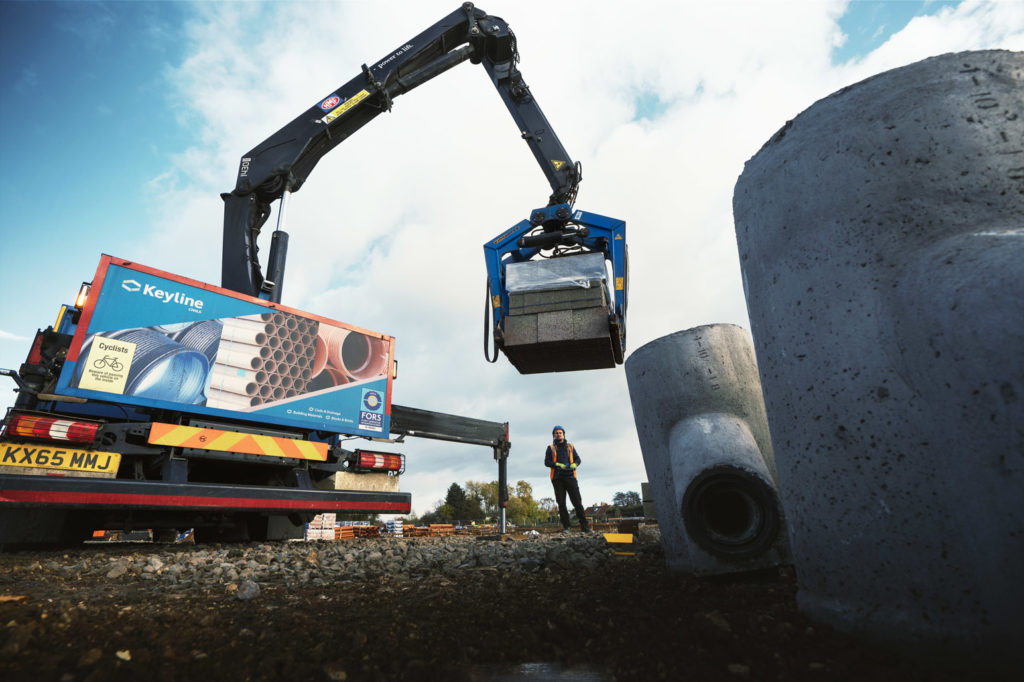
Continuous improvement
Furthermore, it is important for partner organisations to have a culture of continual improvement with regard to health and safety. The best way to do this is through fostering a culture of health and safety excellence and the involvement of colleagues in every part of the organisation. Often the most valuable suggestions and ideas come from insights gained from our colleagues and the work they do with our customers and suppliers on a daily basis.
At Keyline, we encourage everyone who works for us to highlight where improvements can be made and make suggestions that would make our work and day-to-day operations safer. We also aim to create a working environment where everyone has the confidence to speak out when they notice something.
It is important to challenge the negative perception of reporting to create a positive culture that supports and seeks ways to improve its activity. This can minimise any discomfort that might be felt when highlighting an issue that could reflect poorly on someone else within or outside the business.
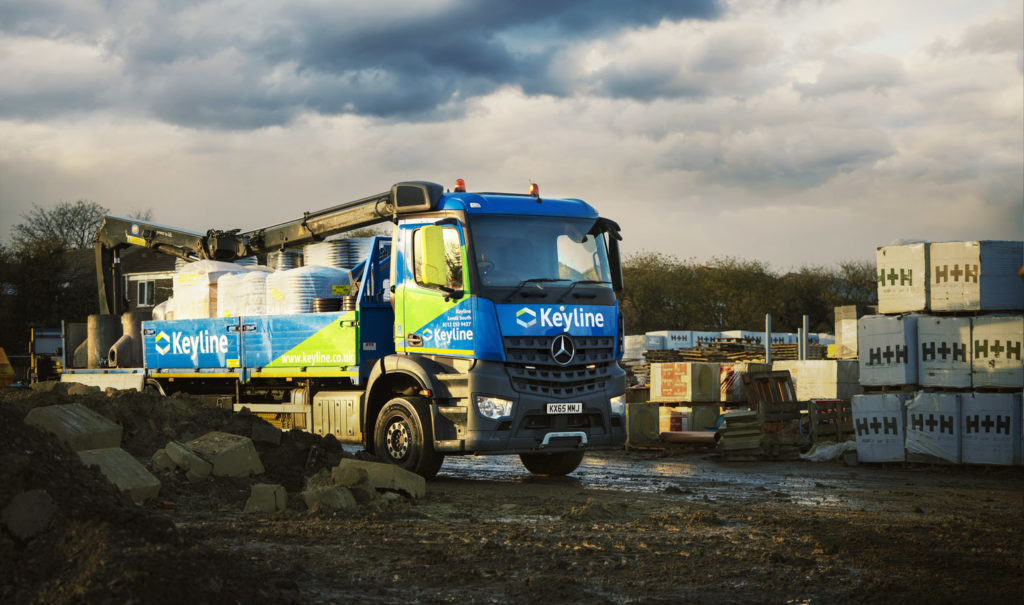
Assessing health and safety
Finally, independent assessment and certification is also an important element when assessing the health and safety approach of a merchant or business. Not only does this allow an element of benchmarking against industry standards and best practice, but it also demonstrates the business is making a significant commitment to ensuring safety.
There are a range of industry certifications including CHAS and ROSPA that can help identify organisations that have proved their health and safety excellence. Also, the Fleet Operators Recognition Scheme (FORS) accreditation demonstrates that the business has achieved exemplary levels of safety, efficiency and environmental awareness in vehicle fleet operations. We are proud to say that Keyline has achieved Gold status, the highest of the three levels for a number of years.
Partnering with organisations that place health and safety at the core of their business is crucial in ensuring everyone connected to the project remains safe at all times. However, to be successful it requires an inclusive approach where everyone shares the responsibility and is empowered to help effect continual improvements.

